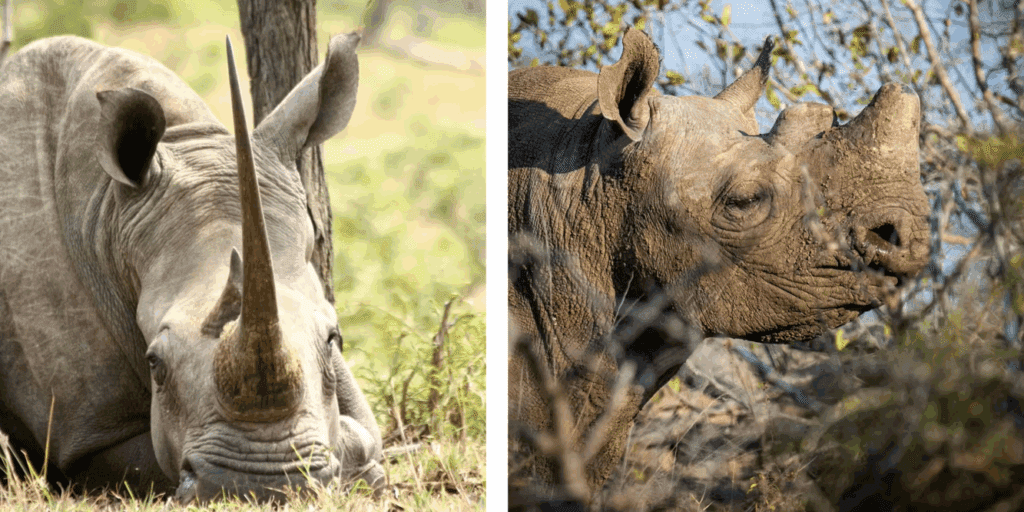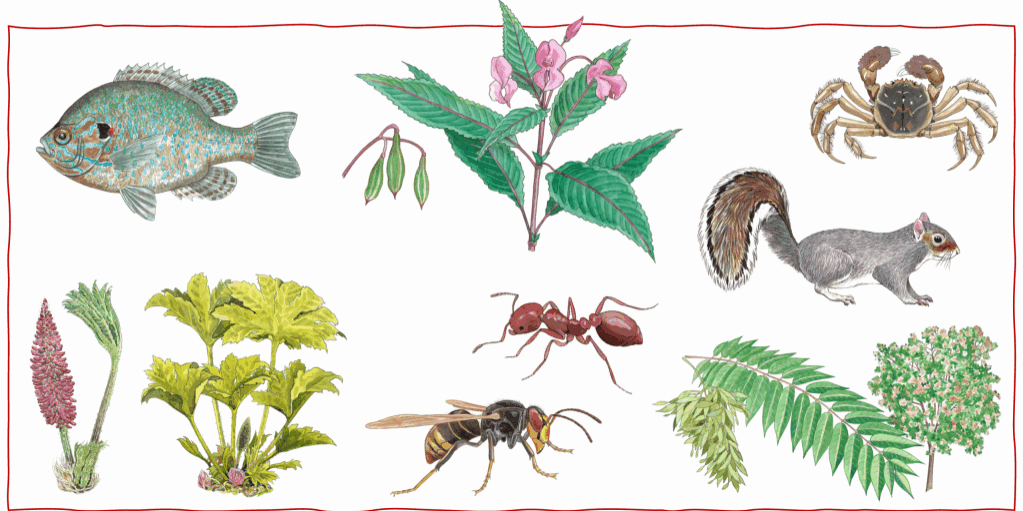Expert insights into alpine peatland conservation complement global scientific evidence
This blog was written by Jessica Rowland, Research Fellow at Monash University, Australia
Jessica Walsh, Head of the Conservation Science Research Group at Monash University, Australia
& Joslin Moore, Department of Energy, Environment and Climate Action, Victorian Government and Lecturer at Monash University, Australia

Conserving and restoring threatened ecosystems requires us to make decisions on how to manage them. Firstly, we need to identify what is threatening the ecosystem and what elements of the ecosystem are degraded. Once we know what needs managing, we must identify what actions to take that will reduce threats or repair the ecosystem. We can identify the most effective actions by consulting with experts and practitioners and weighing up the evidence on what works in conservation.
Published studies and reports can provide vast amounts of information to inform the best course of action, yet there are many knowledge gaps in the science that is published. Also, there is often a perception that for evidence to be relevant to a given study site, it needs to be from the local region. Given these issues, local experts’ perspectives and experiences of the effectiveness of management can provide invaluable insights and complement published research. They can also contribute practical know-how. However, much of this experiential information is rarely documented, and thus not available to the broader community of practice beyond individual practitioners or their organisations.
What did we do?
In our recent study published in Conservation Biology [1], we examined the value of eliciting and summarising expert evidence on management effectiveness. We also compared the local evidence with the global literature and demonstrated the relevance of information from far beyond a particular study ecosystem or region. Peatlands are an excellent case study for this purpose as there are two recent sources that synthesise global evidence of the effectiveness of conservation management in this ecosystem – a Conservation Evidence synopsis [2,3] and a rapid literature review [4].

Peatlands are globally important ecosystem as they support unique biodiversity and people. They are wetlands characterised by peat – partially decomposed plant organic matter that builds up in the low nutrient, low oxygen, and often acidic waterlogged conditions. They support many water-loving species, such as fish, frogs and Sphagnum moss and provide may benefits that people rely on, such as fresh water and food, and are rich stores for carbon. For our local example of a peatland, we used the threatened Australian alpine peatland (pictured above). This mountain-top ecosystem is threatened by non-native plants (e.g., grey sallow willow) and animals (e.g., horses, deer), and is vulnerable to drying out due to climate change.
Our team interviewed 31 experts on Australian alpine peatland, including land managers, policy makers and researchers. We asked them about their perceptions of how effective management actions have been for the conservation of alpine peatland. We then compared these perceptions to the effectiveness reported in the Conservation Evidence synopsis and rapid literature review of evidence from around the world to see how comparable the key messages were and how much overlap there was in the actions used.
In this project we also collated the published studies from Australia into a new publicly accessible repository. This Australian Alpine Peatland Annotated Bibliography of Conservation Management Interventions provides summaries of reports, published articles, and book chapters on the effectiveness of interventions used in Australian alpine peatland [6].
Which actions are effective for conserving peatland?
The actions used across these three evidence sources fit into three groups: actions to manage threats, actions to restore the peatland structure and function, and policies and regulations (see figure). Actions to reduce or eliminate threats and restore the distinctive hydrology and vegetation were mainly seen to enhance peatland conservation by all three evidence sources. For instance, rewetting and revegetating were overwhelmingly viewed as effective for improving the hydrology and vegetation. Overall, we found similar ratings of management effectiveness among the three evidence sources. This suggests that while managers prefer local information, evidence from further afield or for ecosystem with different threats may still be highly relevant and could be used to expand the information used to inform decisions. A useful approach may be to focus on the similarities among the study ecosystems (e.g., underlying features and dynamics) and specifically which elements of the ecosystem need restoring (regardless of the threat that caused it). For example, rewetting the ecosystem improved the hydrology in a variety of drained peatlands around the world, such as cultivated peatlands in Switzerland [7] and fens reconstructed after mining in Canada [8].
Nevertheless, there may be important aspects of the local context that must also be considered when deciding if information is relevant. Hard-hooved herbivores are not native to Australia and are highly destructive to the plants and soils. Yet these animals may be commonly found in peatlands in other places, such as parts of the UK. Actions that use grazing by these species to manage vegetation (maintain structure/function action) were therefore not recommended by the Australian experts but were used in the global literature.
Australian experts reported on the effectiveness of seven actions that had no evidence in the Conservation Evidence synopsis and rapid literature review, such as boardwalks, planned fuel-reduction burns of adjacent ecosystems, and policies for controlling non-native herbivores. They also reported more frequently on the effectiveness of policies and regulations than was reported in the literature, including newly established policies and those that were implemented decades ago. These additional insights highlight the value of consulting multiple experts about management effectiveness and synthesising their experiences, to supplement the published literature.

Conclusions
In conservation, managers must often make decisions on the best path to take in the absence of extensive information. Our study shows how valuable expert-based knowledge can be for informing conservation decisions. We made this knowledge more accessible by summarising practical insights from researchers, managers, and policy makers on the types of interventions used, and the factors enhancing and limiting effectiveness, into a publicly available factsheet. We also showed that evidence from different places may be more relevant to local contexts than initially perceived, enlarging the knowledge bank available to make conservation decisions.
More information: Jessica Rowland jessica.rowland@monash.edu, Jessica Walsh Jessica.walsh@monash.edu, or Joslin Moore joslin.moore@delwp.vic.gov.au
Dr Jessica A Rowland is a conservation biologist focused on understanding risks to and recovery of ecosystems, evaluating the effectiveness of conservation actions, and monitoring ecosystem trends to inform environmental policy and management at local to global scales.
Dr Jessica C Walsh is an interdisciplinary conservation scientist, with a focus on evaluating the effectiveness of conservation actions to inform environmental management and policy decisions.
Dr Joslin L Moore is a quantitative ecologist who uses ecological theory and models to solve and inform applied ecological problems (such as invasive species management) that will aid in the conservation and sustainable management of our natural resources.
References
[1] Rowland J.A., Walsh J.C. & Moore J.L. (2023) How expert insight into alpine peatland conservation complements global scientific evidence. Conservation Biology, e14081, 1–17. https://doi.org/10.1111/cobi.14081
[2] Taylor N.G., Grillas P. & Sutherland W.J. (2018) Peatland Conservation: Global Evidence for the Effects of Interventions to Conserve Peatland Vegetation. Synopses of Conservation Evidence Series, University of Cambridge, Cambridge, UK. https://www.conservationevidence.com/synopsis/pdf/17
[3] Taylor N.G., Grillas P & Sutherland W.J. (2021) Chapter 6: Peatland Conservation. in What Works in Conservation 2021 (ed. W.J. Sutherland, L.V. Dicks, S.O. Petrovan & R.K. Smith) pp 371–434. Open Book Publishers, Cambridge, UK. https://doi.org/10.11647/OBP.0267.06
[4] Rowland J.A., Bracey C., Moore J.L., Cook C.N., Bragge P. & Walsh J.C. (2021) Effectiveness of conservation interventions globally for degraded peatlands in cool-climate regions. Biological Conservation, 263, 109327. https://doi.org/10.1016/j.biocon.2021.109327
[5] Xu J., Morris P.J., Liu J. & Holden J. (2018) PEATMAP: Refining estimates of global peatland distribution based on a meta-analysis. Catena, 160, 134–140. https://doi.org/10.1016/j.catena.2017.09.010
[6] Rowland J.A., Walsh J.C. & Moore J.L. (2022) Australian Alpine Peatland Annotated Bibliography of Conservation Management Interventions. Atlas of Living Australia. https://biocollect.ala.org.au/bibliographies/project/index/3824a92b-bad8-43ad-8657-3fa5ec3c5722
[7] Ferré M., Müller A., Leifeld J., Bader C., Muller M., Engel M. & Wichmann S. (2019) Sustainable management of cultivated peatlands in Switzerland: Insights, challenges, and opportunities. Land Use Policy, 87, 104019. https://doi.org/10.1016/j.landusepol.2019.05.038
[8] Ketcheson S.J., Price J.S., Carey S.K., Petrone R.M., Mendoza C.A. & Devito K.J. (2016) Constructing fen peatlands in post-mining oil sands landscapes: challenges and opportunities from a hydrological perspective. Earth-Science Reviews, 161, 130–139. https://doi.org/10.1016/j.earscirev.2016.08.007



